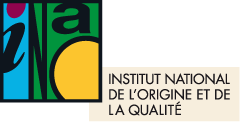This article is older and has been archived.
It remains accessible, but the information provided may be out of date or incorrect.
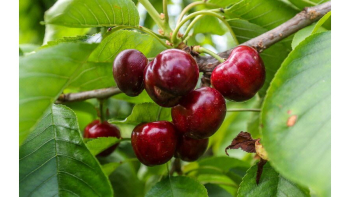
A cherry from age-old know-how
The "Cerise des coteaux du Ventoux" is a red, mouth-watering cherry from varieties derived from Prunus Avium L., Prunus Cerasus L., or their hybrids. The importance of its production dates back to the 17th century, when its reputation was established. At the time, it was mainly found in allotments, or sparsely planted in the middle of cereal fields and on embankments. Since the 20th century, numerous markets have developed around this particular product. With its large size (24 mm minimum) and specific know-how linked to the production area, it is also unique in that it can be found on the market from the first days of May until mid-July.
A demanding production method
Over time, know-how has been built up around this product and the management of the orchard, known as the "pedestrian orchard". Pruning is carried out every year to optimize the pickers' work, guarantee regular production and produce cherries of good size. Harvesting is exclusively manual, and pickers undergo specific training to visually select products with the optimum sugar-acidity ratio for each variety. Mastery of sorting and grading operations ensures fresh, homogeneous batches of produce, both in terms of size and fruit color.
Characteristics linked to the production area
The geographical area (a map of which can be seen in the press release below) clings to Mont Ventoux and the slopes of the Vaucluse and Luberon mountains, with a variation in altitude from 50 to 600 meters. It is influenced by the Mediterranean climate, characterized by high levels of sunshine (2,760 hours per year) and the Mistral (strong northerly wind), which diminishes as you approach the Mont Ventoux relief. These conditions limit the development of disease and encourage early fruit production in sheltered locations, and usually later as the altitude rises. Finally, the marked "day/night" thermal amplitude favors the production of ripe, colorful and firm fruit.
.Press release
CP : La "cerise des coteaux du Ventoux" reconnue en indication géographique protégée
La « Cerise des coteaux du Ventoux » est la première cerise française à obtenir l’Indication géographique protégée (IGP).
The latest approvals for French SIQO products
The name "Pérail" is officially recognized as a Protected Geographical Indication (PGI), by publication, on May 26, 2025...
News
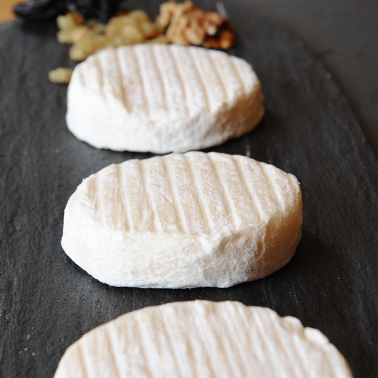
News
The name "Caviar d'Aquitaine" is officially recognized as a Protected Geographical Indication (PGI), with the...
News
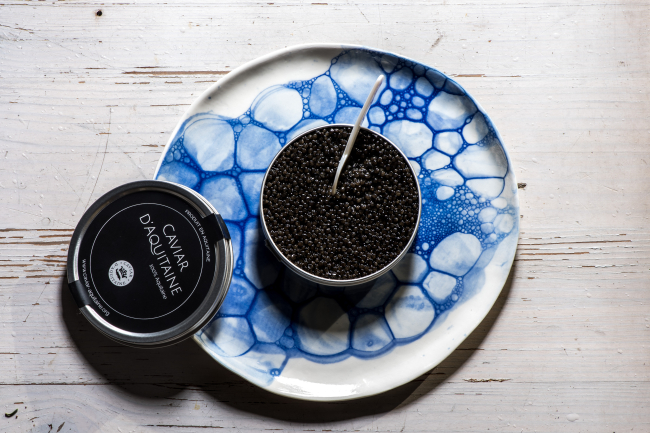
News
The "Melon de Cavaillon" denomination is officially recognized as a Protected Geographical Indication (PGI), with the...
News
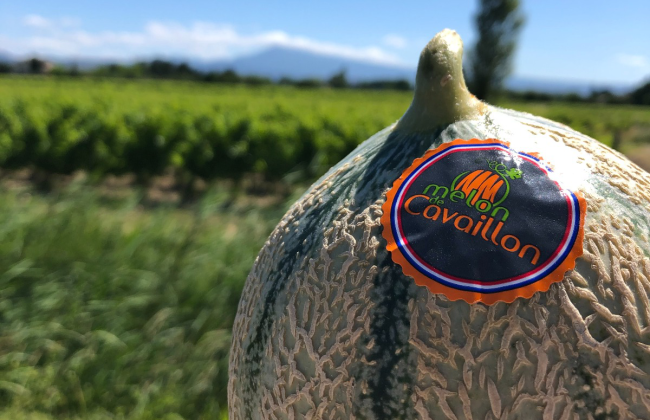
News
